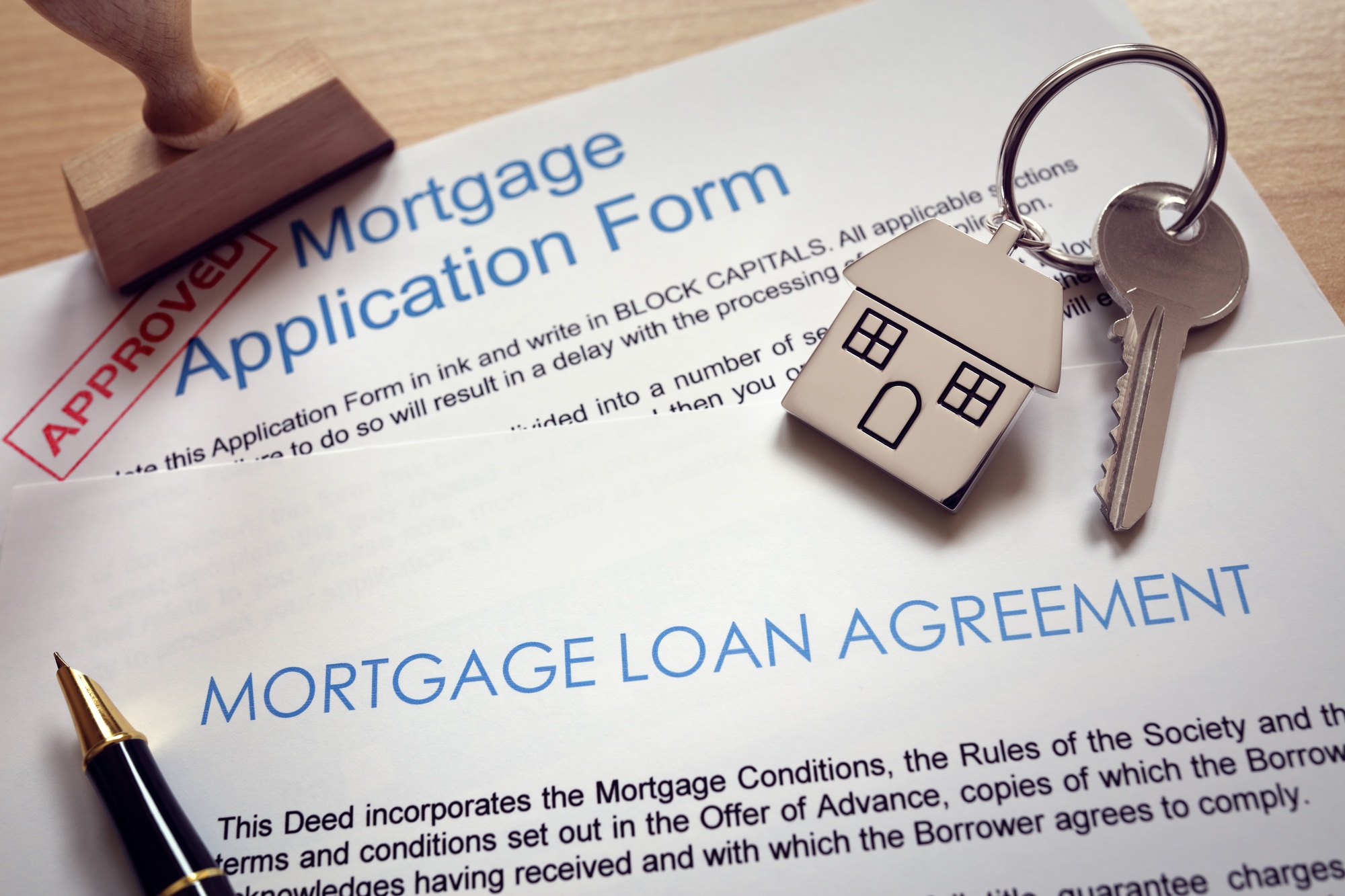
Hey there! 😅 So you’re thinking about debt settlement—maybe you’re already buried in collection calls deeper than your phone’s notification tray. Or perhaps, you’re just tired of the anxiety that comes every time your phone rings. I get it. Let’s walk through what really happens with debt settlement in India these days, step by step, with all the real talk that nobody shares up front.
“Should I Even Think About Debt Settlement?”
Before you go any further… let’s be honest: debt settlement isn’t for everyone. It’s more like that last piece of jalebi at a wedding buffet—meant for desperate times when your wallet is on a strict diet. Settlement is typically for folks who can’t repay their loans—even if lenders reschedule or stretch out EMIs. We’re talking job loss, health emergencies, or just too many debts gone wild.
Step 1: The Courageous First Call (and Some Homework)
Making the first call to a debt settlement agency (like, say, truesettle.in—wink, wink) feels like admitting you can’t keep up with those never-ending EMIs. But hey, props to you for taking charge!
- You’ll need to spill the beans about your finances (income, expenses, loans)
- Gather any relevant docs—think bank statements, pay slips, and those scary collection notices
- Be brutally honest; hiding stuff only delays things
This part? It’ll take you a few hours, max a couple of days if you’re as lazy with paperwork as I am.
Step 2: Strategically Skipping Payments (No Judgement!)
Here’s what most people won’t admit—your accounts usually need to be in default before lenders will talk settlement. Yep, that means missing payments on purpose (which, let’s be real, you might already be doing). Brace yourself—creditors hate this and the calls get relentless. Your credit score? It’s about to take a holiday (down by 100 points isn’t uncommon). But that’s the cost of entry.
Step 3: The Annoying Collection Calls Era
Expect an army of collection agents. They might call, Whatsapp, even show up at your doorstep (seriously, who even has time for that?). A good settlement partner will shield you from this madness, but you’ll still get a few calls sneaking through. Just breathe, block, and carry on.
Step 4: The Negotiation Tug-of-War
Here’s where things get spicy. The settlement team starts negotiating directly with lenders, aiming to get your overall dues slashed—sometimes down to 40-60% of the original! It’s all about your hardship story and a little bit of haggling art. Some lenders are cool after one or two chats, others drag it out because… well, that’s just what banks do. This dance can take:
- As little as 2-3 weeks (if you’re lucky and the stars align)
- Up to 3-4 months (if the lender’s moving at Indian government speed)
Step 5: The Settlement Offer Letter (Paperwork FTW!)
The lender finally gives in (or maybe just gets bored)—they’ll send you a settlement letter spelling out:
- The reduced amount you need to pay (hello, relief!)
- The cut-off date
- Terms and conditions (read every word, please!)
Get this part in WRITING—don’t trust verbal promises, no matter how sweet the talk.
Step 6: Show Me the Money
Now’s your big moment. You need to pay that negotiated lump sum, usually within a tight deadline—typically 30 days, though some lenders allow installments.
- Don’t mess around with deadlines; lenders love rescinding a deal if you’re late
- Get receipts for every rupee paid (emails, screenshots, couriered cheques… just cover yourself)
Step 7: Account Closure & That Magical NOC
Here’s the final lap—the lender processes your payment, updates their systems, and then (drumroll) sends you the No Objection Certificate (NOC). This little piece of paper means you’re officially debt free, with no claims hanging over your head. Double-check all the details:
- Your name and loan account number
- Confirmation of “no dues”
- Signed and dated by an authorized person
If you don’t get the NOC within 2-3 weeks—start chasing. Trust me, you don’t want loose ends, or surprises when you try for a loan or credit card in the future.
“How Long Is This Going to Take, Really?”
Want the bad news or the good news first? Okay, bad news: There’s no one-size-fits-all answer. The whole thing—from your first nervous call to finally clutching your NOC—can run from as short as 6-12 weeks (for straightforward cases), up to 24-48 months for folks with super messy finances or multiple creditors playing hard to get. Most people, though? Somewhere in the 3-9 month range, if you stay on top of things and don’t let lenders ghost you.
- Quickest cases (single loan, proactive lender): 6-12 weeks
- “Average” journey (few debts, typical nonsense): 3-9 months
- Complicated messes (multiple lenders, legal issues): 1-2 years or more (take up yoga for patience)
“Wait, What’s the Big Deal About the NOC?”
Think of your NOC as your “all clear” pass. It protects you from future legal drama, fixes your property ownership (if collateral was involved), and helps you rebuild your credit. Banks, credit bureaus, and even potential landlords love seeing a clear NOC—so guard it like your Aadhaar card! If you change your address, remind your lender so the NOC actually finds you.
Final Thoughts (And a Little Pep Talk)
If you’re feeling stuck in the debt quicksand, just remember:
- It does end
- Most lenders want to settle rather than chase you forever
- You’re stronger than you think, and help exists if you ask for it
One last tip—don’t forget to monitor your credit score after settlement. Sometimes, it takes time for bureaus to update records to “settled” or “closed.” Stay vigilant and send a gentle nudge if things look off.
So… ready to take the first step? Life after debt is possible. You got this!





